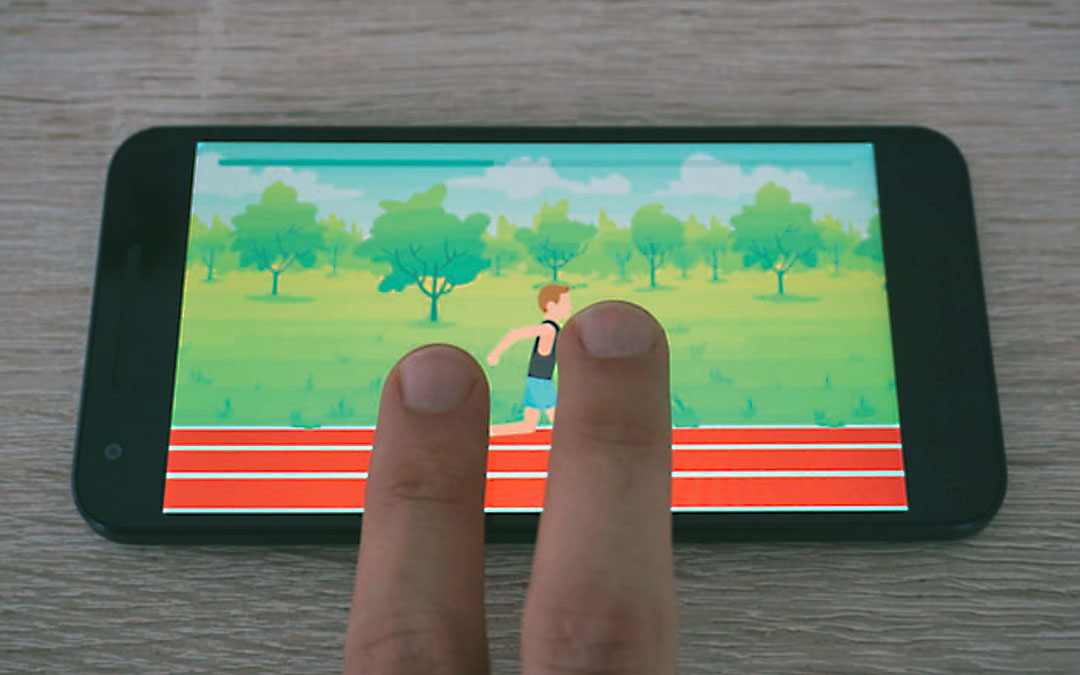Smartphone-Based Tapping Frequency as a Surrogate for Perceived Fatigue. An In-the-Wild Feasibility Study in Multiple Sclerosis Patients
ACM IMWUT 2021Abstract
Fatigue is a common symptom in various diseases, including multiple sclerosis (MS). The current standard method to assess fatigue is through questionnaires, which has several shortcomings; questionnaires are subjective, prone to recall bias, and potentially confounded by other symptoms like stress and depression. Thus, there is an unmet medical need to develop objective and reliable methods to evaluate fatigue. Our study seeks to develop an objective and ubiquitous monitoring tool for assessing fatigue. Leveraging a smartphone-based rapid tapping task, we conducted a two-week in-the-wild study with 35 MS patients. We explore the association between tapping derived metrics and perceived fatigue assessed with two standard clinical scales: fatigue severity scale (FSS) and fatigue scale for motor and cognitive function (FSMC). Our novel smartphone-based fatigue metric, mean tapping frequency, objectively ranks perceived fatigue with a mean AUC = .76, CI = [.71,.81] according to the FSMC, and a mean AUC =.81, CI = [.76,.86] according to the FSS. These results demonstrate that our approach is feasible and valid in uncontrolled environments. Here, we provide a promising tool for objective fatigue monitoring to be used in clinical trials and routine medical care.
Reference
Liliana Barrios, Pietro Oldrati, Marc Hilty, David Lindlbauer, Christian Holz, and Andreas Lutterotti. Smartphone-Based Tapping Frequency as a Surrogate for Perceived Fatigue. An In-the-Wild Feasibility Study in Multiple Sclerosis Patients. In Proceedings on Interactive, Mobile, Wearable and Ubiquitous Technologies 2021 (ACM IMWUT).





